
Francois Boucher Giclée Fine Art Prints 6 of 7
1703-1770
French Rococo Painter
168 Boucher Artworks
Page 6 of 7
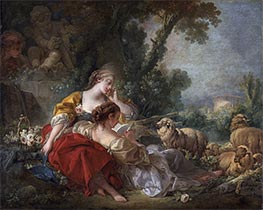
Giclée Canvas Print
$74.21
$74.21
SKU: 18638-BFR
Francois Boucher
Original Size:64 x 80.5 cm
Staatliche Kunsthalle, Karlsruhe, Germany
Francois Boucher
Original Size:64 x 80.5 cm
Staatliche Kunsthalle, Karlsruhe, Germany
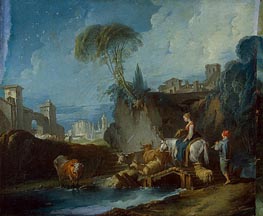
Giclée Canvas Print
$76.77
$76.77
SKU: 4050-BFR
Francois Boucher
Original Size:59 x 72 cm
The State Hermitage Museum, St. Petersburg, Russia
Francois Boucher
Original Size:59 x 72 cm
The State Hermitage Museum, St. Petersburg, Russia
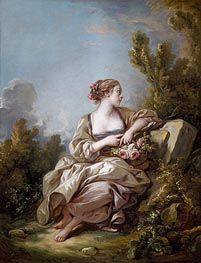
Giclée Canvas Print
$71.32
$71.32
SKU: 13195-BFR
Francois Boucher
Original Size:unknown
Galleria Nazionale d'Arte Antica a Palazzo Corsini, Rome, Italy
Francois Boucher
Original Size:unknown
Galleria Nazionale d'Arte Antica a Palazzo Corsini, Rome, Italy
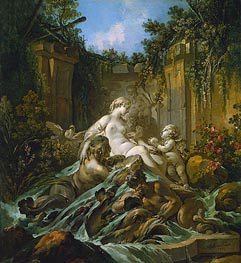
Giclée Canvas Print
$86.64
$86.64
SKU: 13199-BFR
Francois Boucher
Original Size:233 x 215 cm
Cleveland Museum of Art, Ohio, USA
Francois Boucher
Original Size:233 x 215 cm
Cleveland Museum of Art, Ohio, USA
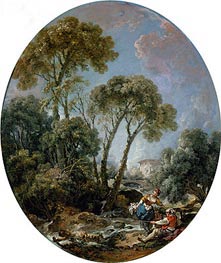
Giclée Canvas Print
$78.81
$78.81
SKU: 13211-BFR
Francois Boucher
Original Size:65 x 55 cm
The Walters Art Museum, Baltimore, USA
Francois Boucher
Original Size:65 x 55 cm
The Walters Art Museum, Baltimore, USA
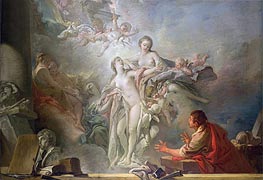
Giclée Canvas Print
$64.17
$64.17
SKU: 13254-BFR
Francois Boucher
Original Size:230 x 329 cm
The State Hermitage Museum, St. Petersburg, Russia
Francois Boucher
Original Size:230 x 329 cm
The State Hermitage Museum, St. Petersburg, Russia
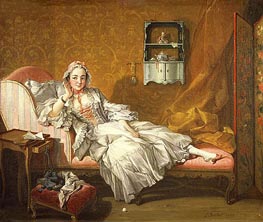
Giclée Canvas Print
$67.87
$67.87
SKU: 4076-BFR
Francois Boucher
Original Size:57.2 x 68.3 cm
Frick Collection, New York, USA
Francois Boucher
Original Size:57.2 x 68.3 cm
Frick Collection, New York, USA
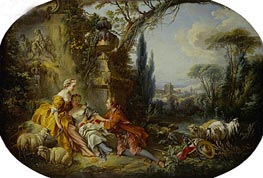
Giclée Canvas Print
$63.31
$63.31
SKU: 13165-BFR
Francois Boucher
Original Size:100 x 146 cm
Louvre Museum, Paris, France
Francois Boucher
Original Size:100 x 146 cm
Louvre Museum, Paris, France
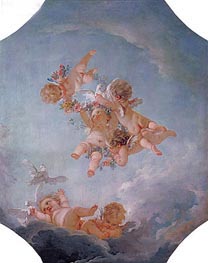
Giclée Canvas Print
$74.04
$74.04
SKU: 13250-BFR
Francois Boucher
Original Size:unknown
Public Collection
Francois Boucher
Original Size:unknown
Public Collection
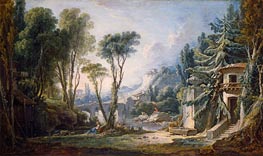
Giclée Canvas Print
$61.76
$61.76
SKU: 16790-BFR
Francois Boucher
Original Size:68 x 112.4 cm
Public Collection
Francois Boucher
Original Size:68 x 112.4 cm
Public Collection
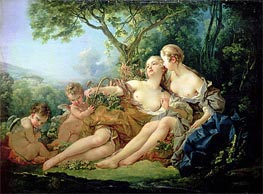
Giclée Canvas Print
$68.94
$68.94
SKU: 13235-BFR
Francois Boucher
Original Size:99 x 134.5 cm
The Wallace Collection, London, UK
Francois Boucher
Original Size:99 x 134.5 cm
The Wallace Collection, London, UK
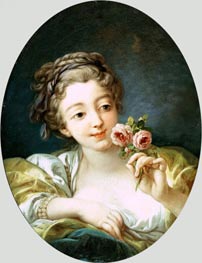
Giclée Canvas Print
$62.50
$62.50
SKU: 4075-BFR
Francois Boucher
Original Size:54.6 x 42.5 cm
Frick Collection, New York, USA
Francois Boucher
Original Size:54.6 x 42.5 cm
Frick Collection, New York, USA
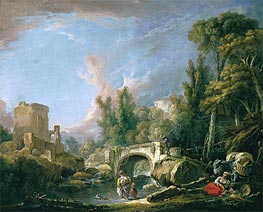
Giclée Canvas Print
$75.40
$75.40
SKU: 13231-BFR
Francois Boucher
Original Size:58.5 x 72 cm
Thyssen-Bornemisza Museum, Madrid, Spain
Francois Boucher
Original Size:58.5 x 72 cm
Thyssen-Bornemisza Museum, Madrid, Spain
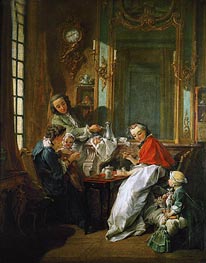
Giclée Canvas Print
$73.36
$73.36
SKU: 4078-BFR
Francois Boucher
Original Size:81.5 x 65.5 cm
Louvre Museum, Paris, France
Francois Boucher
Original Size:81.5 x 65.5 cm
Louvre Museum, Paris, France
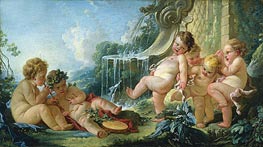
Giclée Canvas Print
$61.76
$61.76
SKU: 13201-BFR
Francois Boucher
Original Size:69 x 123 cm
Cleveland Museum of Art, Ohio, USA
Francois Boucher
Original Size:69 x 123 cm
Cleveland Museum of Art, Ohio, USA
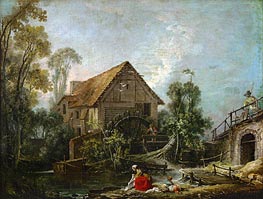
Giclée Canvas Print
$70.98
$70.98
SKU: 13178-BFR
Francois Boucher
Original Size:66 x 84.5 cm
Louvre Museum, Paris, France
Francois Boucher
Original Size:66 x 84.5 cm
Louvre Museum, Paris, France
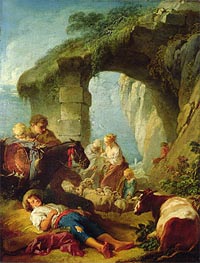
Giclée Canvas Print
$71.14
$71.14
SKU: 13232-BFR
Francois Boucher
Original Size:unknown
Private Collection
Francois Boucher
Original Size:unknown
Private Collection
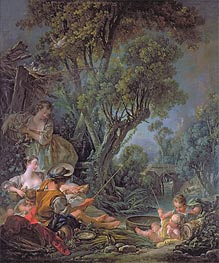
Giclée Canvas Print
$77.95
$77.95
SKU: 13255-BFR
Francois Boucher
Original Size:229.8 x 193 cm
Hamburger Kunsthalle, Hamburg, Germany
Francois Boucher
Original Size:229.8 x 193 cm
Hamburger Kunsthalle, Hamburg, Germany
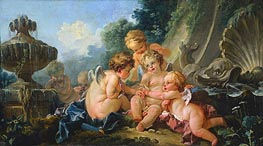
Giclée Canvas Print
$61.76
$61.76
SKU: 13200-BFR
Francois Boucher
Original Size:68.8 x 123.2 cm
Cleveland Museum of Art, Ohio, USA
Francois Boucher
Original Size:68.8 x 123.2 cm
Cleveland Museum of Art, Ohio, USA
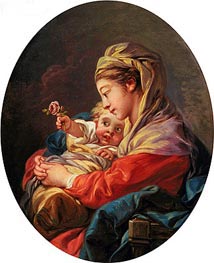
Giclée Canvas Print
$61.76
$61.76
SKU: 13202-BFR
Francois Boucher
Original Size:43.2 x 34.9 cm
Fine Arts Museums of San Francisco, California, USA
Francois Boucher
Original Size:43.2 x 34.9 cm
Fine Arts Museums of San Francisco, California, USA
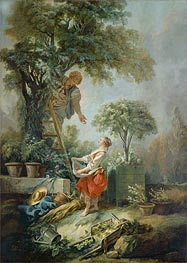
Giclée Canvas Print
$66.38
$66.38
SKU: 8702-BFR
Francois Boucher
Original Size:170.2 x 124.5 cm
Private Collection
Francois Boucher
Original Size:170.2 x 124.5 cm
Private Collection
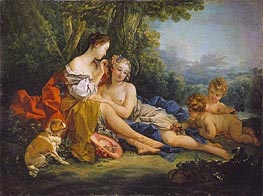
Giclée Canvas Print
$69.44
$69.44
SKU: 13262-BFR
Francois Boucher
Original Size:98.5 x 132 cm
The Wallace Collection, London, UK
Francois Boucher
Original Size:98.5 x 132 cm
The Wallace Collection, London, UK
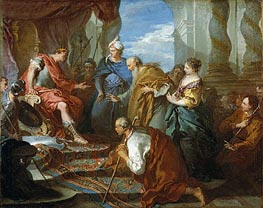
Giclée Canvas Print
$74.21
$74.21
SKU: 13198-BFR
Francois Boucher
Original Size:57.9 x 72.7 cm
Columbia Museum of Art, South Carolina, USA
Francois Boucher
Original Size:57.9 x 72.7 cm
Columbia Museum of Art, South Carolina, USA
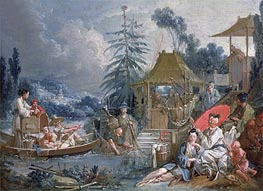
Giclée Canvas Print
$71.91
$71.91
SKU: 13239-BFR
Francois Boucher
Original Size:41.5 x 56 cm
Musee des Beaux Arts, Besancon, France
Francois Boucher
Original Size:41.5 x 56 cm
Musee des Beaux Arts, Besancon, France